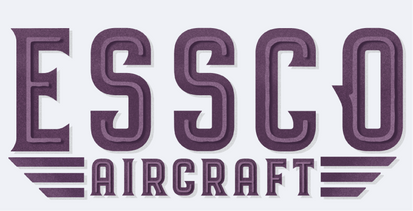
Aviation Appreciation Friday!
Giovanni Battista Caproni: The Italian Dreamer Who Took Flight If there’s one thing we can say about Giovanni Battista Caproni, it’s that he was a man with a vision—a vision that soared as high as the planes he...

Giovanni Battista Caproni: The Italian Dreamer Who Took Flight If there’s one thing we can say about Giovanni Battista Caproni, it’s that he was a man with a vision—a vision that soared as high as the planes he...
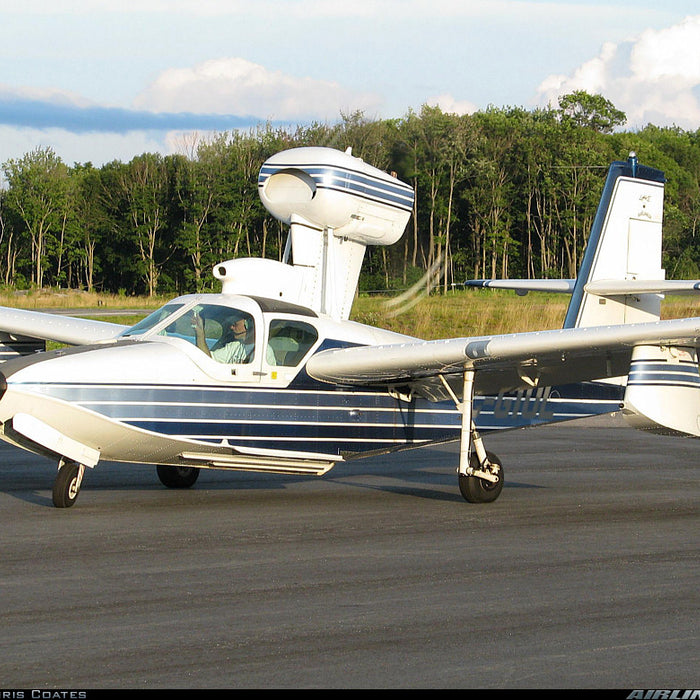
Conceptualization: The Lake Buccaneer was designed with a clear goal in mind: to give pilots the freedom to fly anywhere, whether over land or water. Back in the 1950s and 60s, more people were getting into recreational flying, and they...
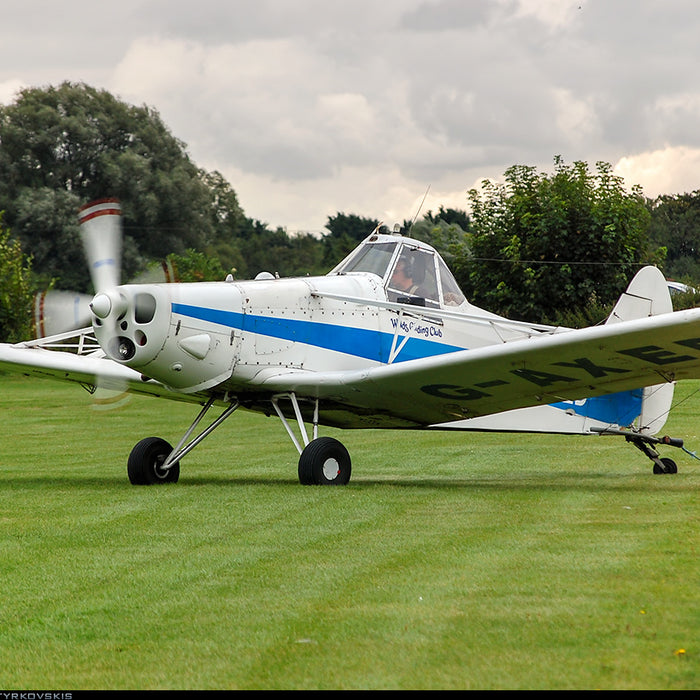
Conceptualization: The Piper PA-25 Pawnee came to life in the late 1950s, due to the growing need for a dedicated agricultural aircraft. At the time, crop-dusting was becoming more popular, but most of the planes used were general aviation aircraft...
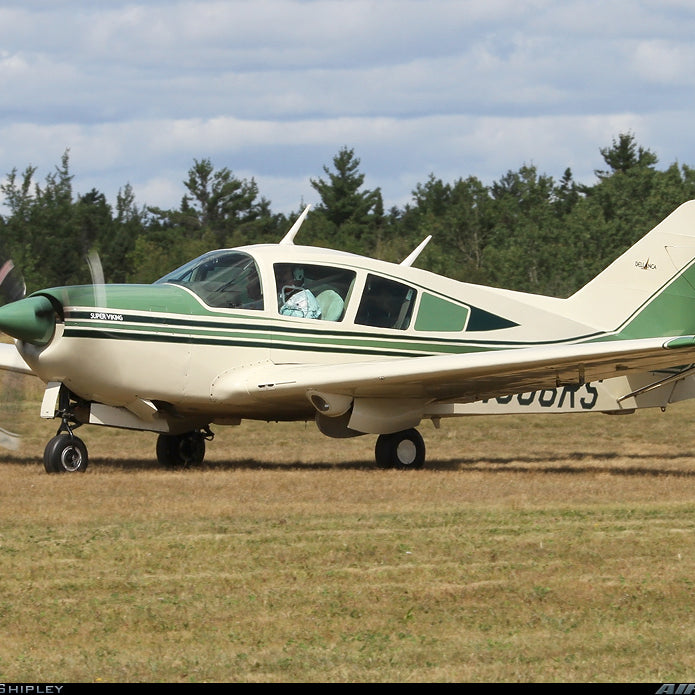
Conceptualization: The Bellanca Viking was developed in the late 1960s in response to growing demand for fast, sleek, and high-performance personal aircraft. During this era, affluent pilots sought more from their airplanes than just basic transportation—they wanted speed, comfort,...
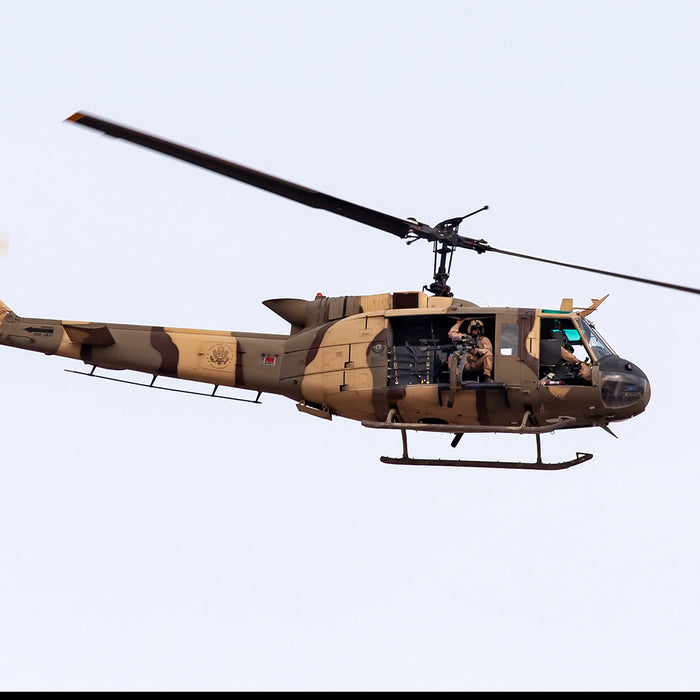
Conceptualization: The Bell UH-1 Huey was developed in the early 1950s, when the U.S. Army was looking for a helicopter that could do it all: evacuate wounded soldiers, transport troops, and carry supplies. At the time, helicopters like the H-13...

Bessie Coleman was the first African American Woman Pilot. Born on January 26, 1892, in Atlanta, Texas, she grew up in a large family with twelve siblings. Despite the challenges of her upbringing, Coleman displayed a strong sense of determination...

Early Life: Igor Sikorsky was born on May 25, 1889, in Kyiv, Russian Empire (now Ukraine), into a well-educated family. His father, a renowned professor of psychology, and his mother, a physician, nurtured his interest in science and art,...

Conceptualization: The Cessna 177 Cardinal was developed initially to replace the popular Cessna 172 Skyhawk. Introduced in 1968, its design was shaped by the need for better visibility, more comfortable interiors, and improved aerodynamics. The cantilevered wing and all-flying...
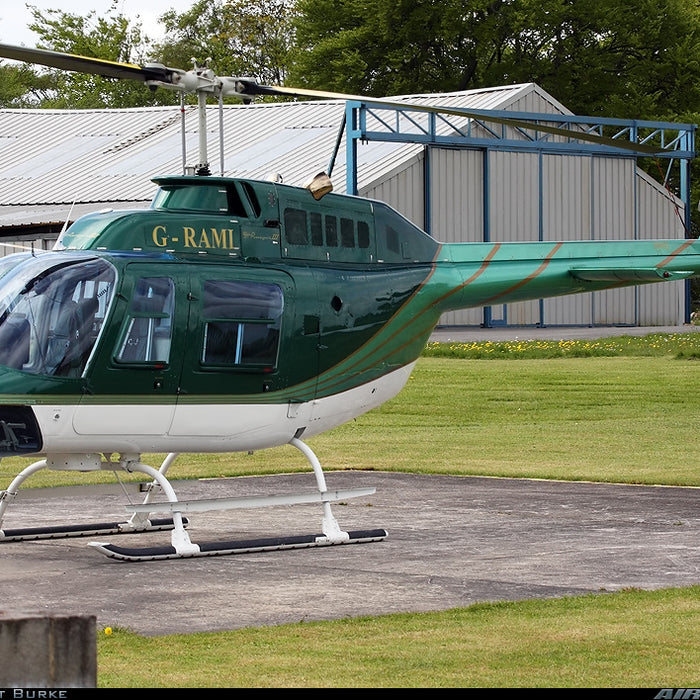
Conceptualization: The Bell 206 was conceptualized in response to the U.S. Army’s need for a light observation helicopter in the 1960s, which resulted in Bell’s initial YOH-4 design. While the YOH-4 did not win the Army contract, Bell recognized...
